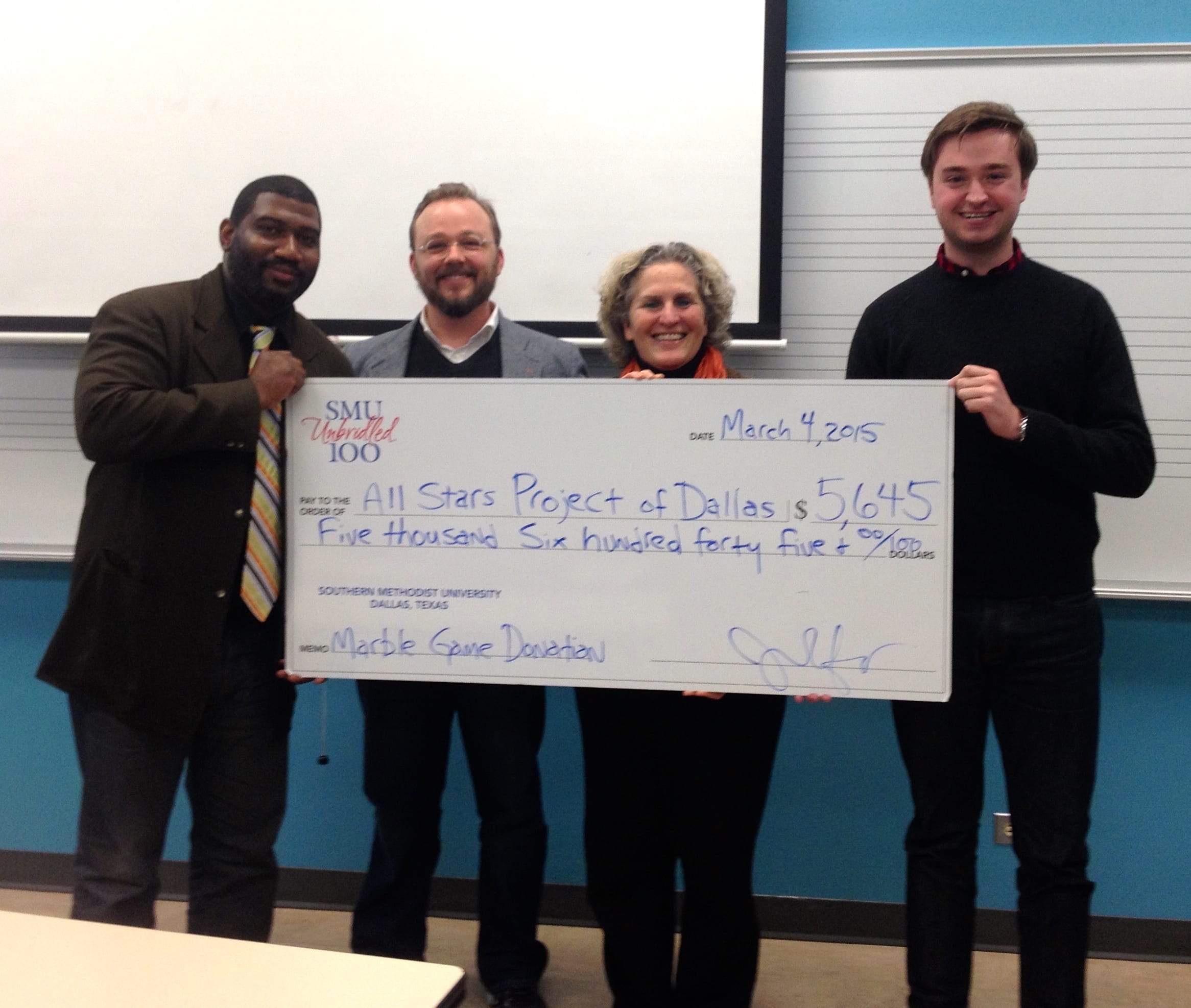The following interviews are created by SMU student Daniel McQuaid
The first person I chose to interview was a friend of mine, Megan Berger, who currently runs her own business on Etsy. She currently works as a teacher in Austin, but creates calligraphy for weddings and special events. She started out by creating things for friends, but eventually found out she had a knack for creating quality goods and decided to take her passion for arts and crafts online. Megan did not have a business plan when she started out, but she said she thought it could have been useful had she done one from the beginning, because it may have allowed her to find her customers more easily through market research. Because she didn’t do market research, and didn’t advertise, she basically started out through word of mouth, and continues using this method. She said she didn’t think business plans are necessary for all entrepreneurs, but that more often than not, one should use a business plan. She said that [it’s] “Probably a good idea to construct a business plan, because it allows you to narrow your target market and get a better idea of the product you want to give to the consumer.” On the other hand, because she didn’t use a business plan, she didn’t think that it was necessarily “necessary,” because people can start successful business without them. When asked what three pieces of advice she could offer for creative arts entrepreneurs she said that “following your heart, doing what you love to do, and being good at what you do,” are the three things she recommends.
The second person I decided to interview was Elisha Graff, who has just started his own t-shirt brand. It is called EG T’s, and is geared towards 90’s fashion. He is currently selling “out of the back of his car and garage,” and is relying on word of mouth and friends to get the word out about his t-shirts. He did not have a business plan when he started his business. He says that business plans are necessary because they reduce risk, but don’t necessarily determine the success or failure of a business. When asked if he thinks he should have done a business plan for his business, he said “yes, because it would have allowed me to plan better for what’s ahead, and lower my margin of error.” His three pieces of advice for developing arts entrepreneurs are to “create a business plan [laughs], do as much market research as possible before launching anything, and to do what you are passionate about.” He is currently working on a website to display some of his products, which he thinks will help boost his sales.
Interview with Andrew Doerrfeld
 The third person I decided to interview, Andrew Doerrfeld, is a graphic designer who recently started a small business run out of his apartment; he also sells on Etsy. He designs logos and fonts, and has recently started designing customized fantasy sport logos. Andrew said that, “I did not have a business plan when I started, I just designed stuff for friends and they thought it was really cool. One day I designed a logo for a friend and he brought up the idea of getting paid for it, so off I went.” Next, I asked Andrew whether or not he thought business plans were necessary for entrepreneurship. He responded “I don’t think that they are absolutely necessary, but writing one definitely allows you to consider every aspect of your business, and forces you to create goals.” “With the financial projections you make within a business plan, you have goals to shoot for. If you hit those goals, you push forward; if you miss those goals, you tweak your plan and then push forward.” When asked about his three pieces of advice for arts entrepreneurs, Doerrfeld said, “be very open to what customers are looking for,” and “don’t let pride blind you; just because you love something you created/made doesn’t mean someone else is going to like it.” Finally, Doerrfeld said that “it’s too early to tell whether or not his business will thrive or not, but he would recommend doing a business plan, or at the very least doing a good amount of market research before diving head first into something.”
The third person I decided to interview, Andrew Doerrfeld, is a graphic designer who recently started a small business run out of his apartment; he also sells on Etsy. He designs logos and fonts, and has recently started designing customized fantasy sport logos. Andrew said that, “I did not have a business plan when I started, I just designed stuff for friends and they thought it was really cool. One day I designed a logo for a friend and he brought up the idea of getting paid for it, so off I went.” Next, I asked Andrew whether or not he thought business plans were necessary for entrepreneurship. He responded “I don’t think that they are absolutely necessary, but writing one definitely allows you to consider every aspect of your business, and forces you to create goals.” “With the financial projections you make within a business plan, you have goals to shoot for. If you hit those goals, you push forward; if you miss those goals, you tweak your plan and then push forward.” When asked about his three pieces of advice for arts entrepreneurs, Doerrfeld said, “be very open to what customers are looking for,” and “don’t let pride blind you; just because you love something you created/made doesn’t mean someone else is going to like it.” Finally, Doerrfeld said that “it’s too early to tell whether or not his business will thrive or not, but he would recommend doing a business plan, or at the very least doing a good amount of market research before diving head first into something.”






